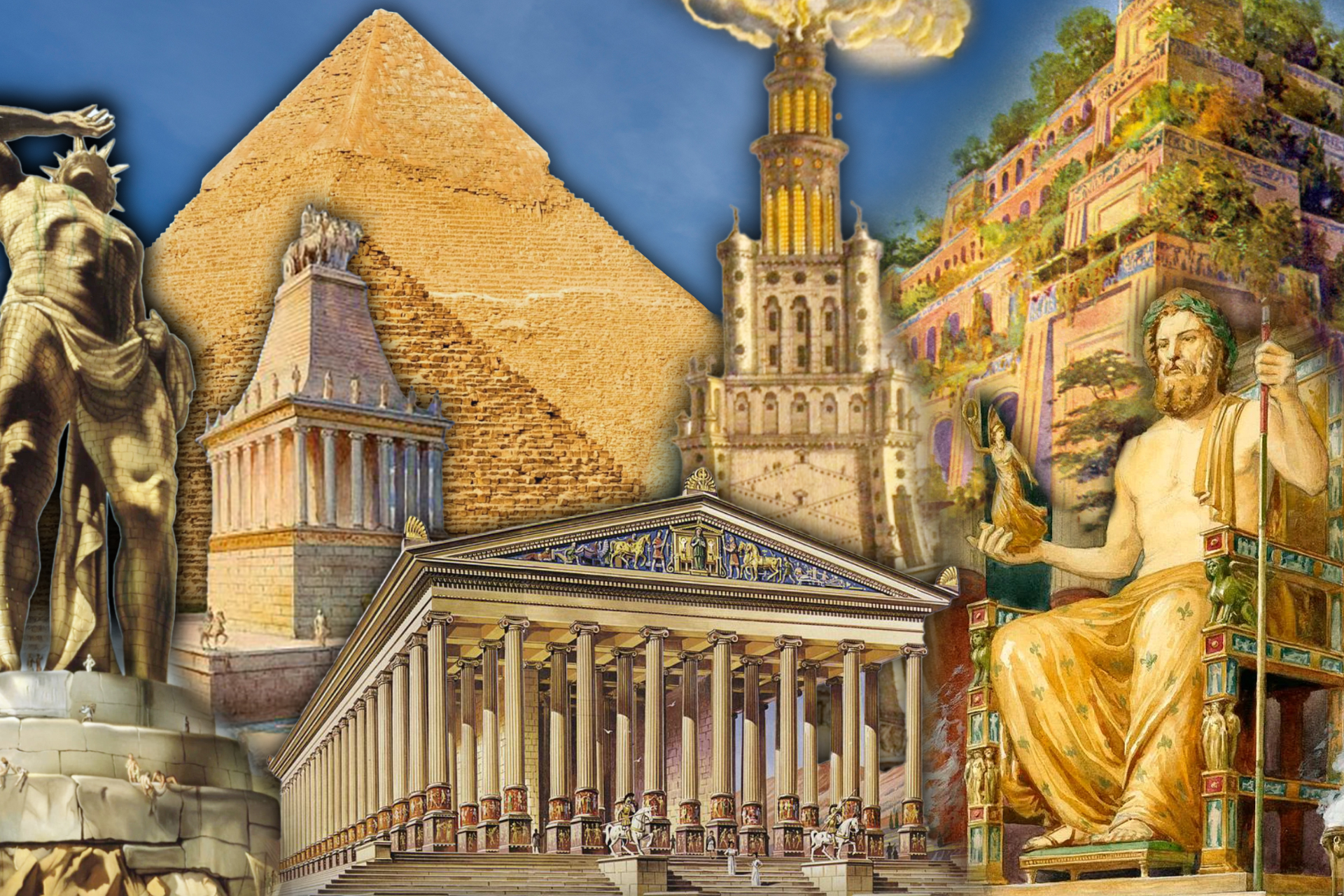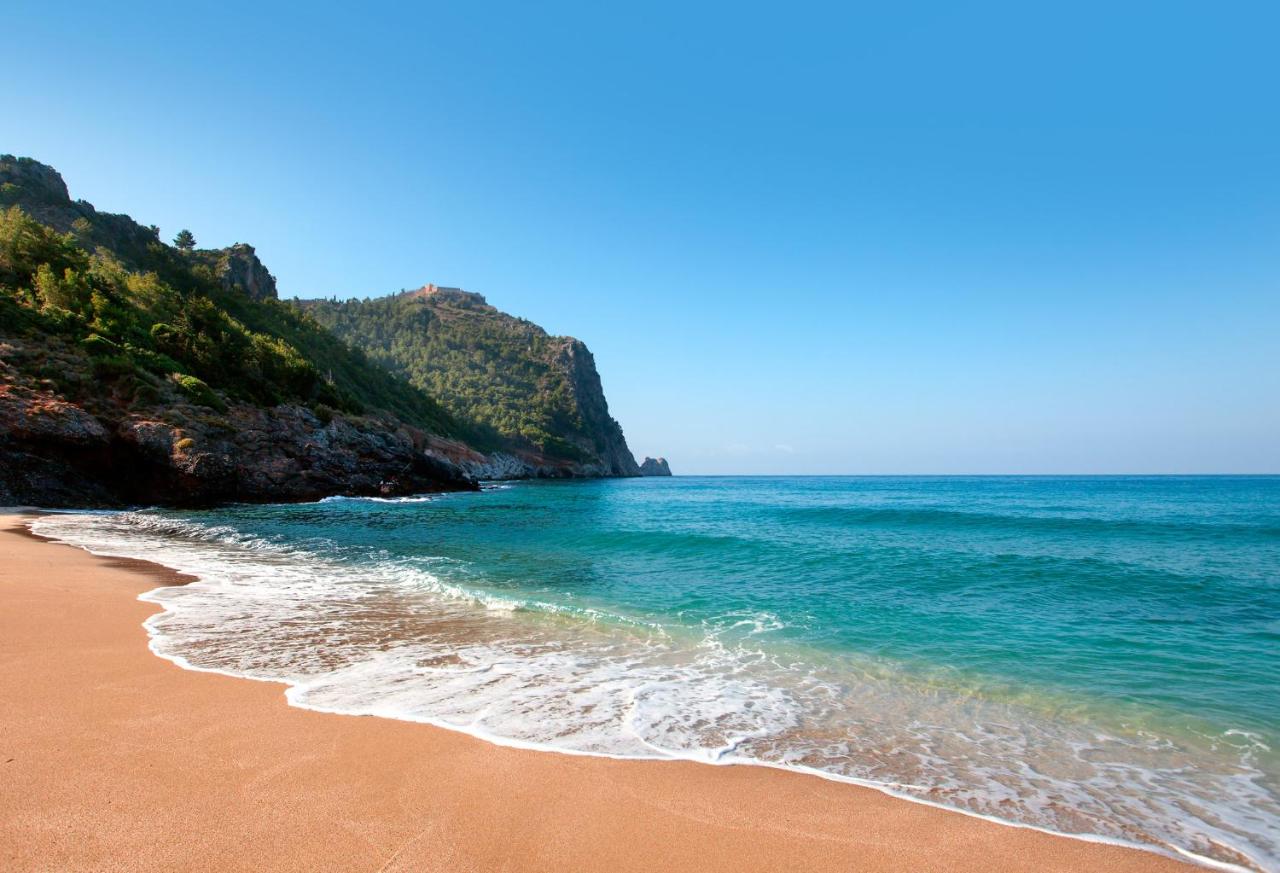Two Among the Seven Wonders – the Temple of Artemis and the Mausoleum of Halicarnassus
In the tapestry of antiquity, Turkey’s historical canvas is adorned with the remarkable presence of two of the Seven Wonders of the Ancient World: the Temple of Artemis in Ephesus and the Mausoleum of Halicarnassus, located in the contemporary landscape of Bodrum.
The Seven Wonders of the Ancient World were a list of remarkable constructions of classical antiquity. Only one of the wonders still exists today. The original Seven Wonders are:
- The Great Pyramid of Giza (Egypt): The only surviving wonder, the Great Pyramid was built as a tomb for Pharaoh Khufu (Cheops) and is the largest of the three pyramids on the Giza Plateau.
- The Hanging Gardens of Babylon (Iraq): Often considered a legendary creation, the Hanging Gardens were said to be a series of terraced gardens, possibly constructed by Nebuchadnezzar II for his wife. The actual existence of the gardens is debated among historians.
- The Statue of Zeus at Olympia (Greece): A colossal statue of the god Zeus, crafted by the Greek sculptor Phidias. It once stood in the Temple of Zeus at Olympia.
- The Temple of Artemis at Ephesus (Turkey): Dedicated to the goddess Artemis, this grand temple was destroyed and rebuilt multiple times. Today, only a few columns remain at the site in Ephesus.
- The Mausoleum at Halicarnassus (Turkey): The Mausoleum was a tomb built for Mausolus, the Persian satrap of Caria, by his widow Artemisia II. The term “mausoleum” has since been used to describe any large tomb.
- The Colossus of Rhodes (Greece): An enormous bronze statue of the sun god Helios that stood at the entrance of the harbor of Rhodes. It was toppled by an earthquake in 226 BCE.
- The Lighthouse of Alexandria (Egypt): Also known as the Pharos of Alexandria, it was a marvel of ancient engineering and served as a lighthouse. It stood on the small island of Pharos in the harbor of Alexandria.
Ephesus, a Mediterranean gem, tells a timeless story. Originating in the 10th century BC, it later became the capital of Roman Asia Minor in the 1st century AD, rivaling Rome’s grandeur.
During its golden age, Ephesus flourished with opulence, giving rise to iconic structures like the Library of Celsus and the Temple of Artemis – the largest temple dedicated to the goddess. Today, exploring the archaeological site is a journey through epochs. The ascent of Curetes Way reveals the breathtaking Library of Celsus.
Adding to this tapestry is the Mausoleum of Halicarnassus, a monumental tomb for Mausolus, the Persian satrap. Commissioned by his widow Artemisia II, it stands as an early example of classical architecture, adorned with sculptural reliefs.
Ephesus and the Mausoleum of Halicarnassus offer a profound glimpse into Turkey’s rich history, reflecting cultural, artistic, and architectural zeniths of bygone eras



